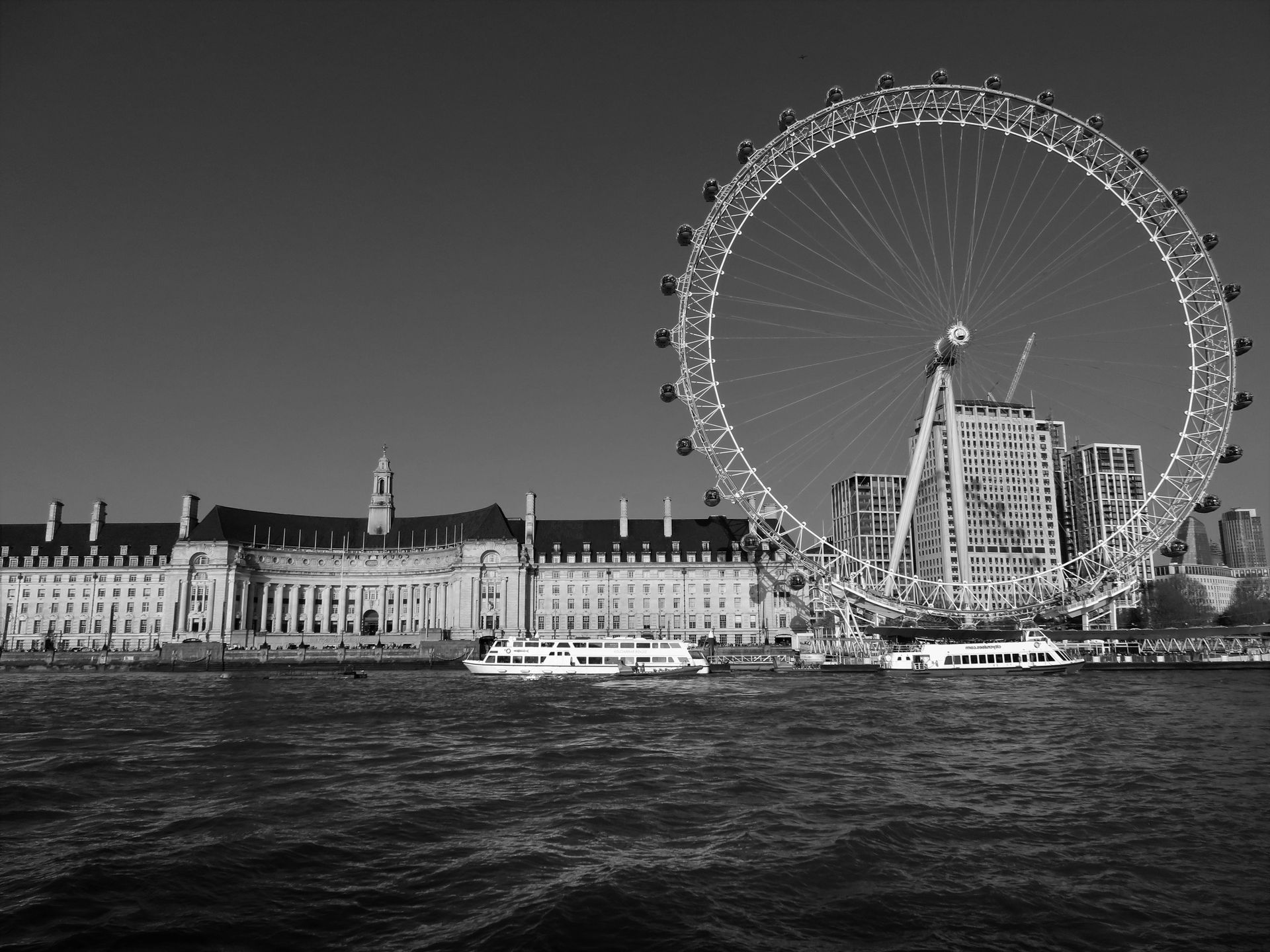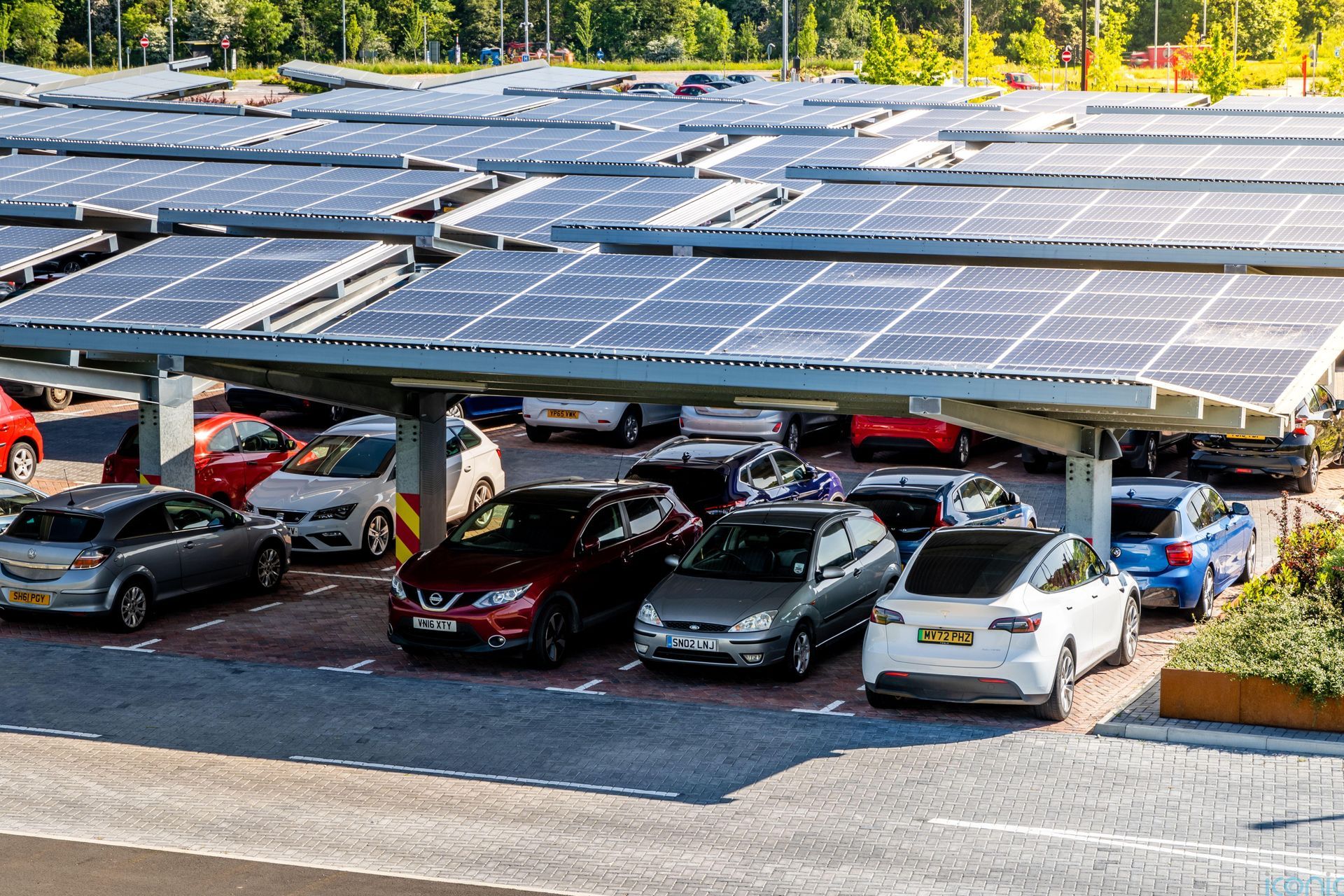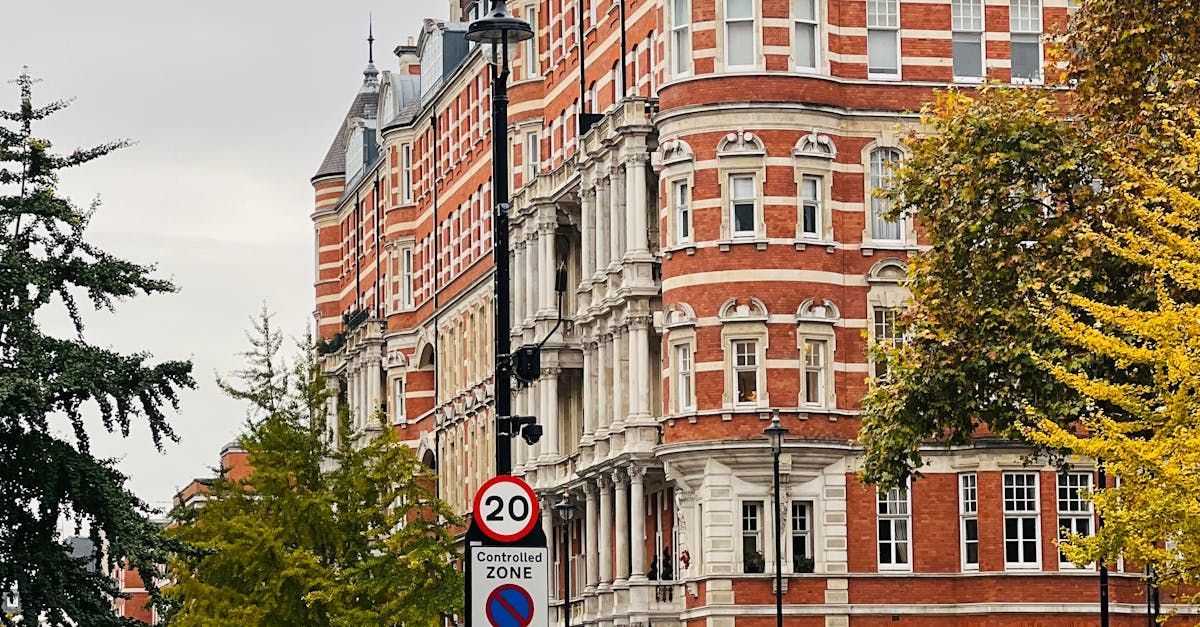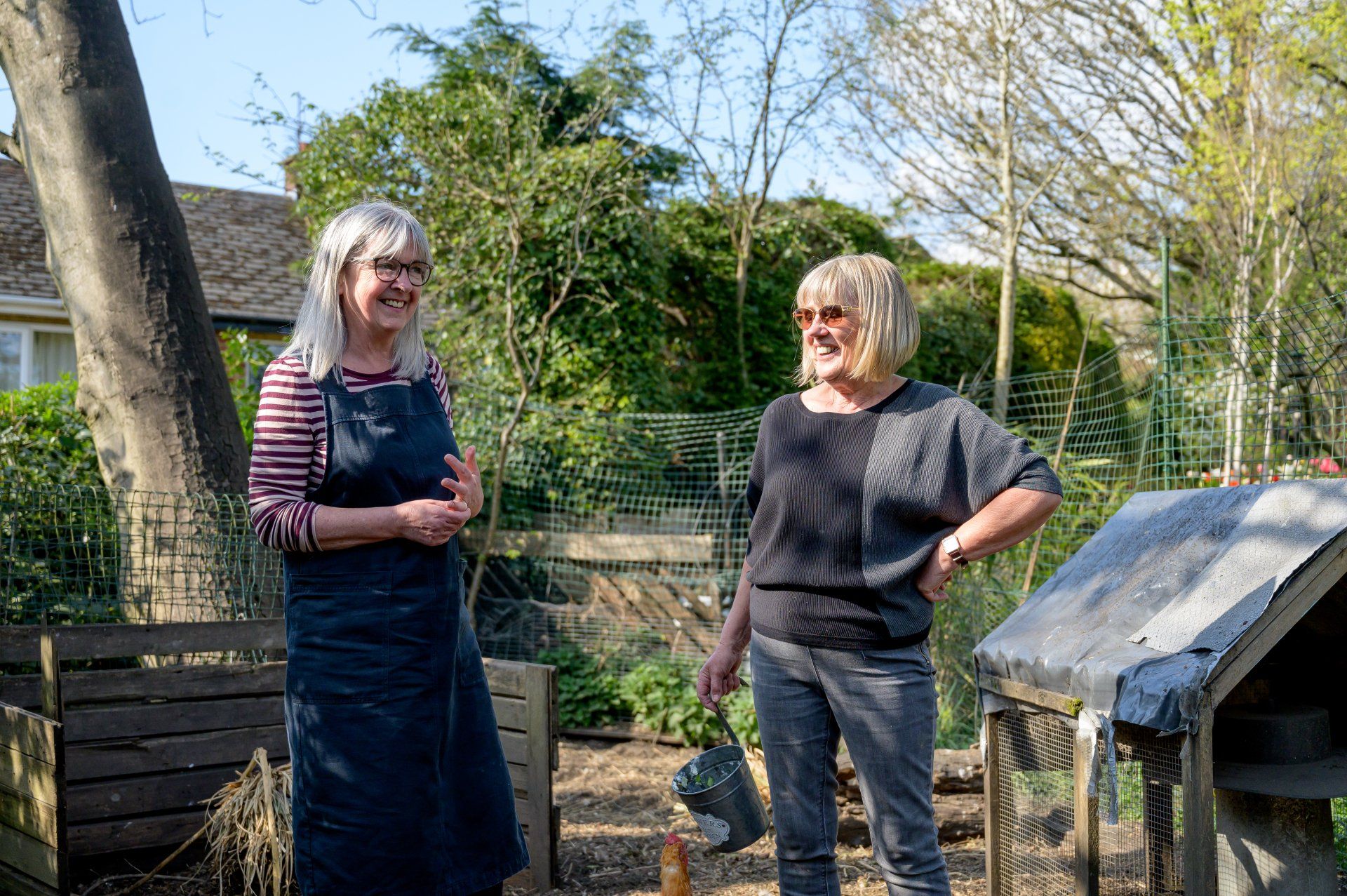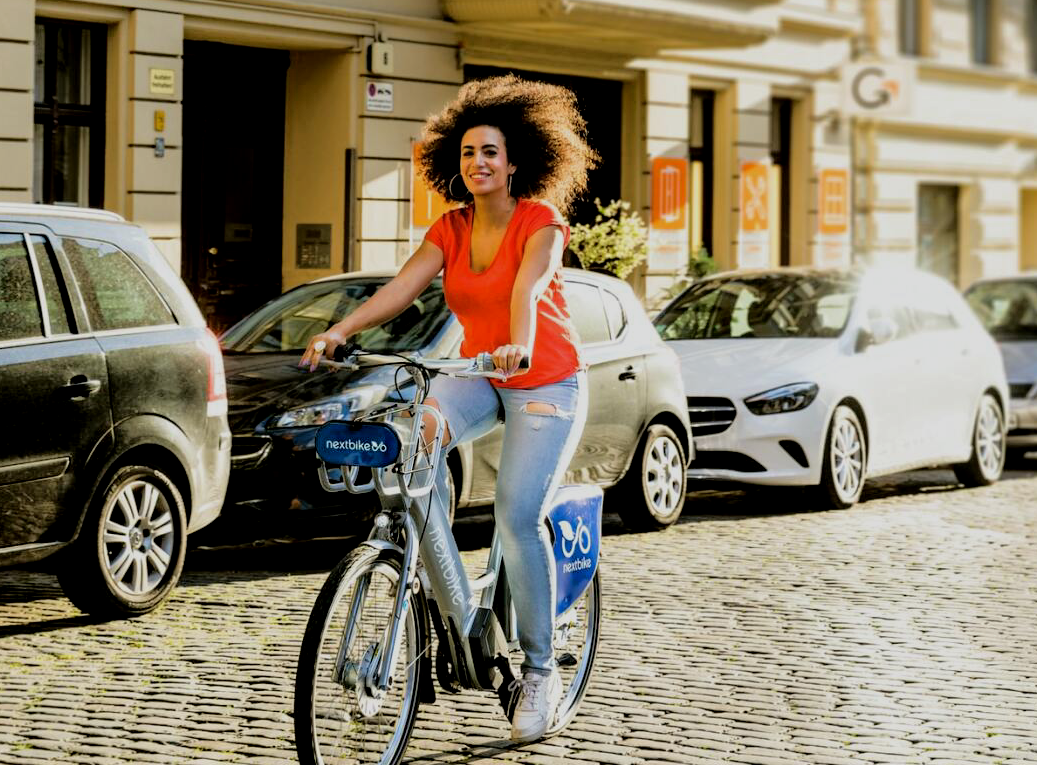High Streets and Healthy Places
Wellness at the heart of planning and design

Through social media we are more connected and have more opportunity than ever before, but we are also less happy, unwell and more isolated. Despite economic growth, wealth creation and medical advances, for the first time in recorded history Britons’ life expectancy is declining.
In parallel, the high street continues to struggle.
The causes of the high street’s challenges are complex and attributable to a number of factors. Economic uncertainty, the shift to on-line rather than traditional bricks and mortar, the attractiveness of the out of town, purpose-built retail, leisure, entertainment and food and beverage offer, consumers increasing preferring to spend their disposable income on experiences rather than possessions, western economies reaching ‘peak stuff’, formulaic high streets and tired, uncomfortable and uninspiring public realm, poor transport links and inflexible planning regulations, can all contribute in varying degrees to each high street’s challenges.
The ‘High Street’ origins is in being the most important street in a town: a place of higher importance than other streets. Massive migration to jobs in urban areas during the Industrial Revolution lead to a decline in families growing food, causing the need to buy food at markets, which evolved into shops and the concept of a high street of shops.
The suffrage movement provided a new market of independent women who wanted respectable places to visit and meet on their own. Between the 1870s and the Edwardian era further evolution of the high street lead to a better quality offer of department stores and tea shops. Post second world prosperity and globalisation have contributed to decades of evolutionary success of the high street.
How can we re-establish the high street as the most important place in each town? Could delivering well-being for individuals, connected communities and as a planet drive the resurgence of some of our high streets? Is the High Street an opportunity to be the place of healthy lifestyles - to be with other people, to be active and consume sustainably and healthily? The NHS and leading fitness providers think so but they are concerned that local planning regulations are making it much easier to provide take-away food shops than it is to provide access to healthy lifestyles.
By locating a fitness centre in the high street, a new market of regular and frequent visitors could be created. If the offer is right, these will also spend money in local cafes and shops. In the right locations, it also creates new early morning and evening markets and brings the additional benefit of activity which can reduce the incidence of anti-social and criminal behaviour.
Obesogenic environments can be made better with extensive and attractive walking and cycling routes, places and key destinations, including the local high street. High streets can be revived as destinations if they are designed to support more dwell time and activities that engage people. The fitness centre alone might not be suitable or the panacea for every high street but as part of a health and well-being-focused strategy, allowing the opportunity to innovate the high street with experiences and activities complementary to traditional retail could make a difference to both the economic performance of some high streets and the health and well-being of local people.
